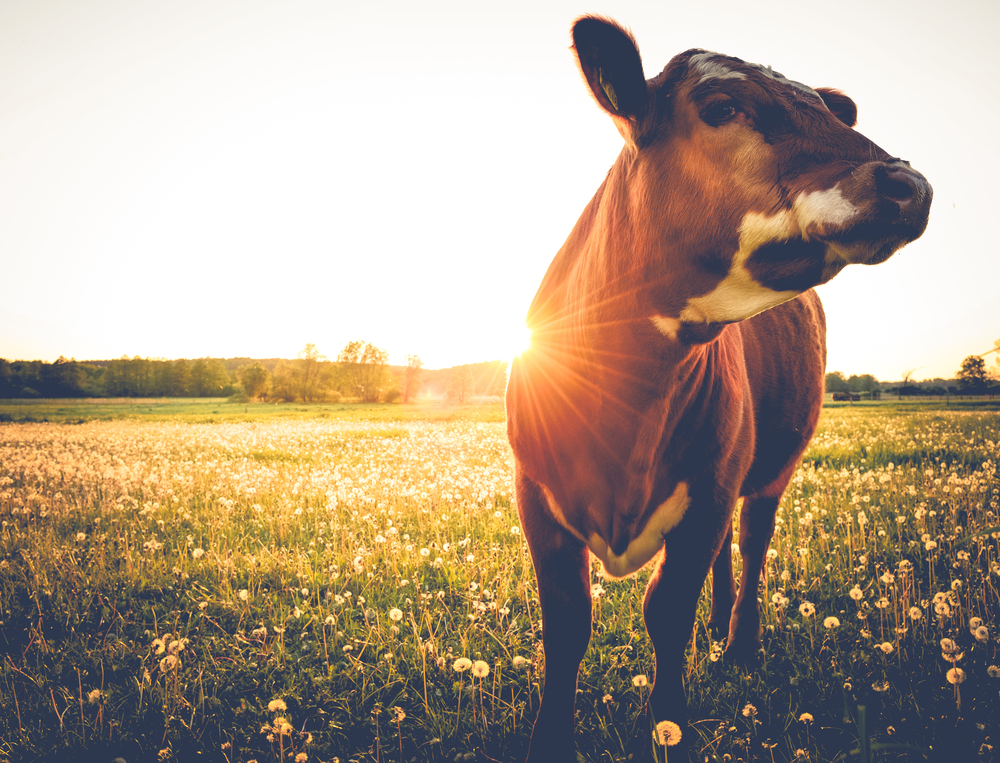Affordable Solar Installations for Farmers
Better Crop Yield
Dr. Barron-Gafford and his colleagues compared the standard use of water, energy, and food production to solar energy usage. They found that the solar plants produced double the crop yield at half the cost. It reduced drought problems and heat-stress, but increased carbon dioxide and water efficiency.
An agrivoltaic farming system is a balance between energy efficiency and agricultural production. It is a system that allows farmers to implement solar while not losing land.
We find that shading by the PV panels provides multiple additive and synergistic benefits, including reduced plant drought stress, greater food production and reduced PV panel heat stress.
Barron-Gafford, G.A., et al.ⁱ
Higher Livestock Quality
One of the great perks of having a solar panel system as a farmer is that the panels do not hurt any animals on your land. Research shows that solar panels improve the living conditions of animals such as cows and sheep. A study made by the University of Oregon, Cleaner and Responsible Consumption studied the effects of agricultural solar integration in rabbit production. They observed a significant decrease in carbon emissions compared to the conventional grid and farm system – “[the agrivoltaic system] produces 98.5% less emissions and 98.7 less fossil energy. It even was significantly more environmentally impactful compared to the non-integrated solar panel system, “producing 69.3% less emissions and demanding 82.9% less fossil energy.”
They observed that open pasture lambs drank more water and required housing to improve their welfare. Solar pasture lambs drank less water due to the shaded areas. Their pastures had an increase in nutritional value, yielding similar weight as open pasture lambs.

Solar energy for farmers is the future. Several studies have shown that there are compelling benefits to your crops and livestock that would not only increase your farming productivity, but also greatly reduce greenhouse gas emissions to a substantial level.
Contact Us Today!
Citations
- 1) Barron-Gafford, Dr. G.A., Pavao-Zuckerman, M.A., Minor, R.L. et al. Agrivoltaics provide mutual benefits across the food–energy–water nexus in drylands. Nat Sustain 2, 848–855 (2019). https://doi.org/10.1038/s41893-019-0364-5
- 2) Alexis S. Pascaris, Rob Handler, Chelsea Schelly, Joshua M. Pearce, Life cycle assessment of pasture-based agrivoltaic systems: Emissions and energy use of integrated rabbit production, Cleaner and Responsible Consumption, Volume 3, 2021, 100030, ISSN 2666-7843, https://doi.org/10.1016/j.clrc.2021.100030
